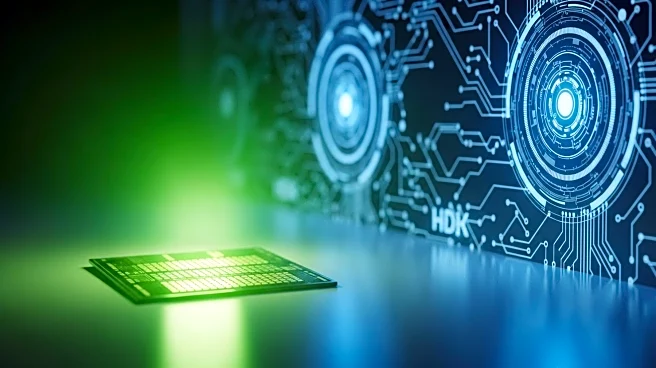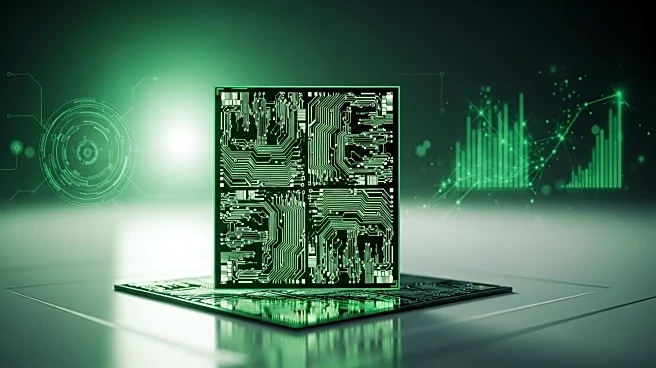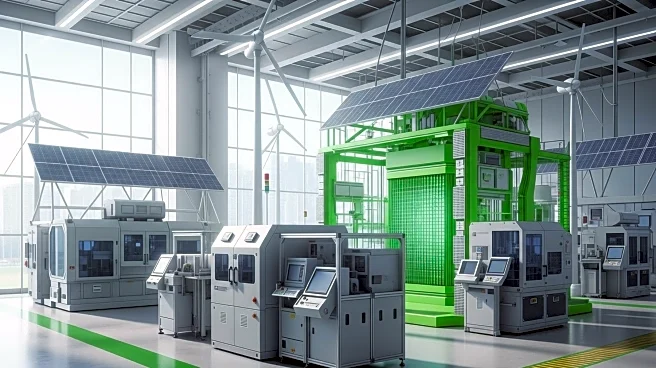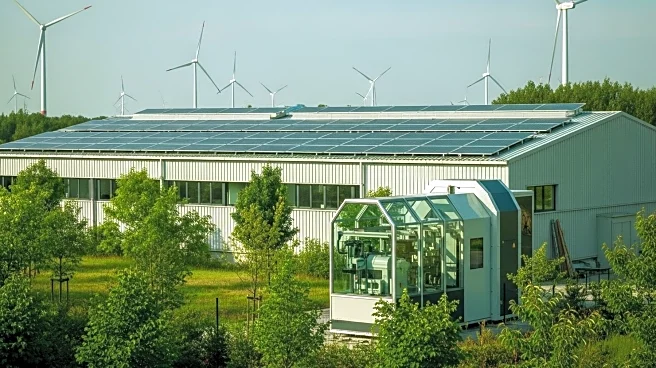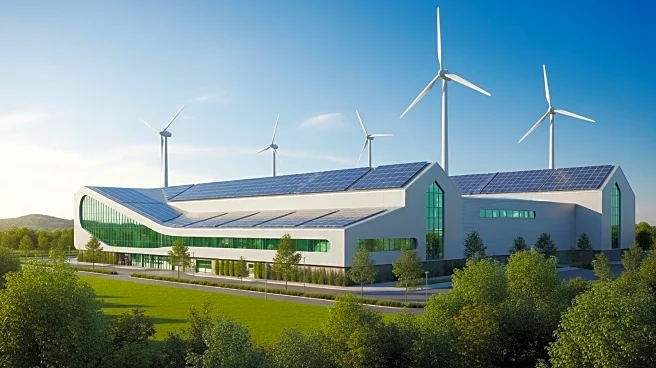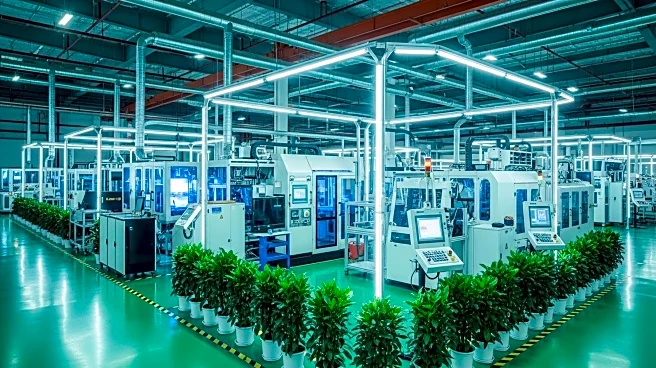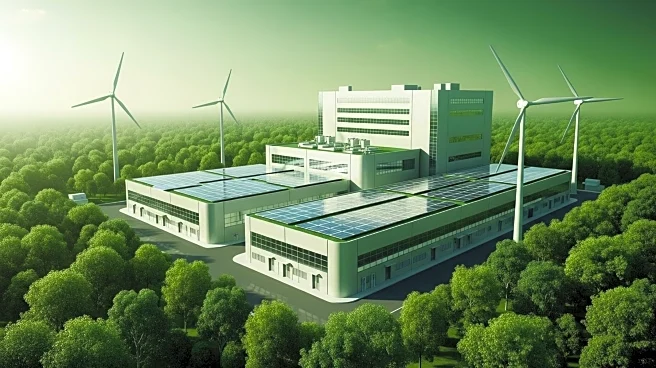What's Happening?
The semiconductor industry is undergoing a significant transformation towards sustainability, driven by environmental concerns and regulatory pressures. Manufacturers are focusing on reducing their environmental footprint by adopting energy-efficient practices and green technologies. This shift is crucial as the demand for advanced chips, particularly from the AI sector, continues to grow. Companies are setting ambitious net-zero targets and investing in innovative manufacturing processes to minimize energy and water consumption, hazardous chemical use, and greenhouse gas emissions.
Why It's Important?
The move towards sustainable semiconductor manufacturing is critical for reducing the industry's substantial environmental impact. As the backbone of digital and AI advancements, the industry's ecological footprint is set to grow if traditional practices persist. Sustainable practices not only help mitigate climate change but also offer a competitive advantage for companies that adopt them. This shift is essential for tech giants and AI companies that rely on energy-efficient chips to reduce their carbon footprint and achieve sustainable growth.
What's Next?
The industry is expected to see widespread adoption of renewable energy and advanced water recycling systems. AI and Machine Learning will play a crucial role in optimizing manufacturing processes. In the long term, the focus will be on developing a circular economy for semiconductors, with continuous reuse and recycling of materials. The U.S. Department of Commerce is investing in AI for developing sustainable semiconductor materials, aiming for adoption within five years.
Beyond the Headlines
The push for sustainability in semiconductor manufacturing reflects a broader shift towards environmental responsibility in the tech industry. This transformation is not only about reducing the factory's footprint but also about enabling a sustainable AI ecosystem. The integration of AI in optimizing fab operations highlights its potential as a tool for environmental solutions. However, challenges such as high energy consumption and water scarcity remain, necessitating continued innovation and collaboration across the industry.

